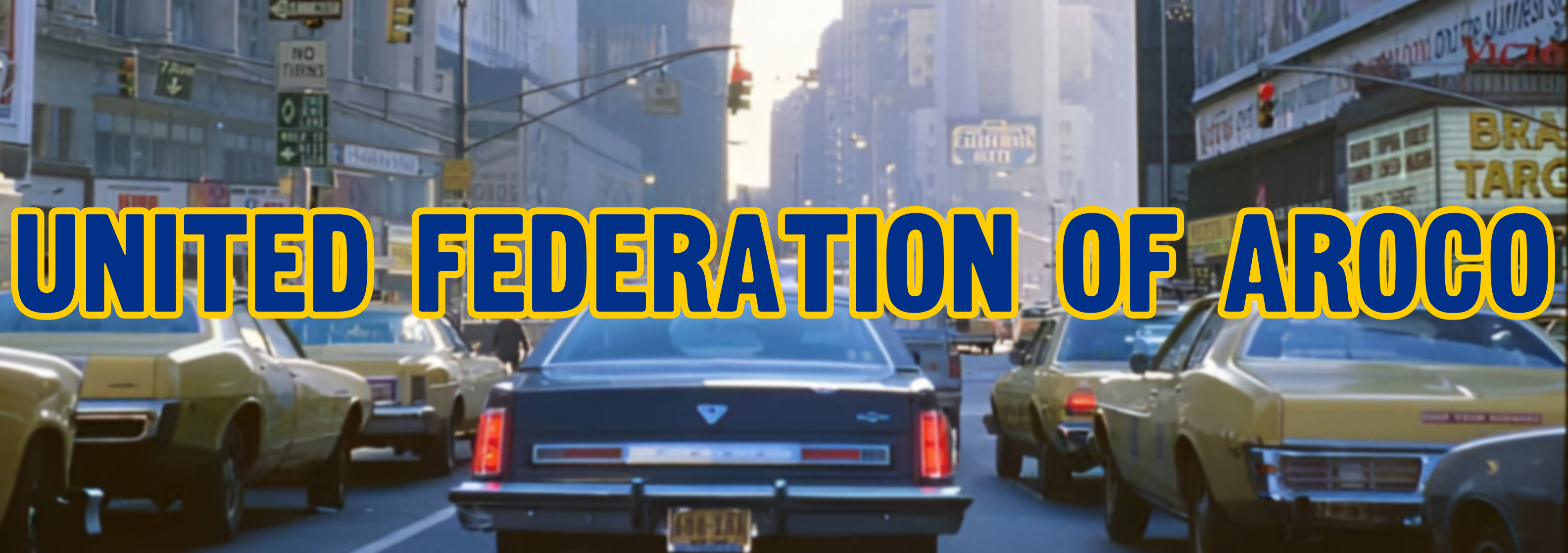
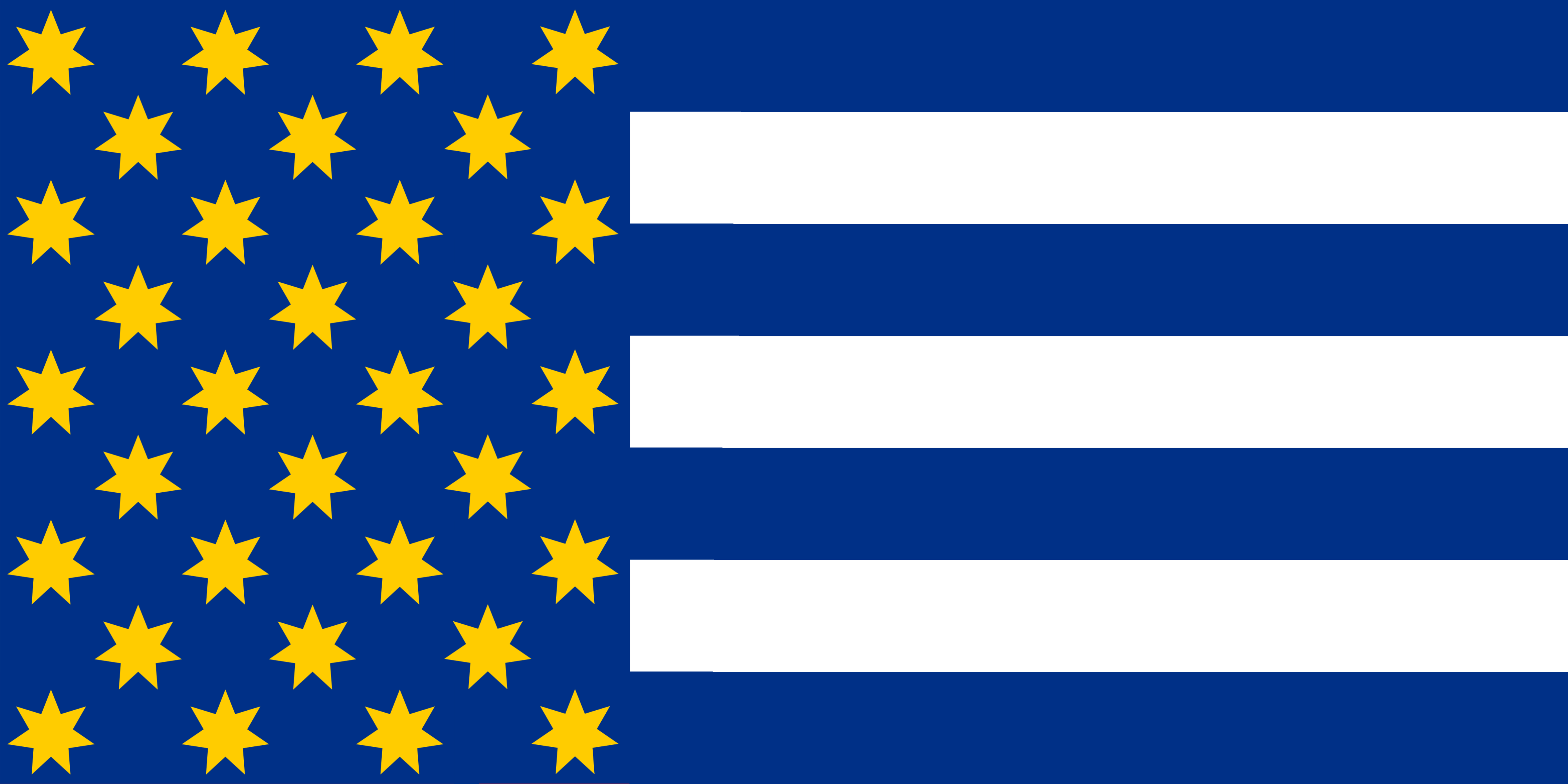
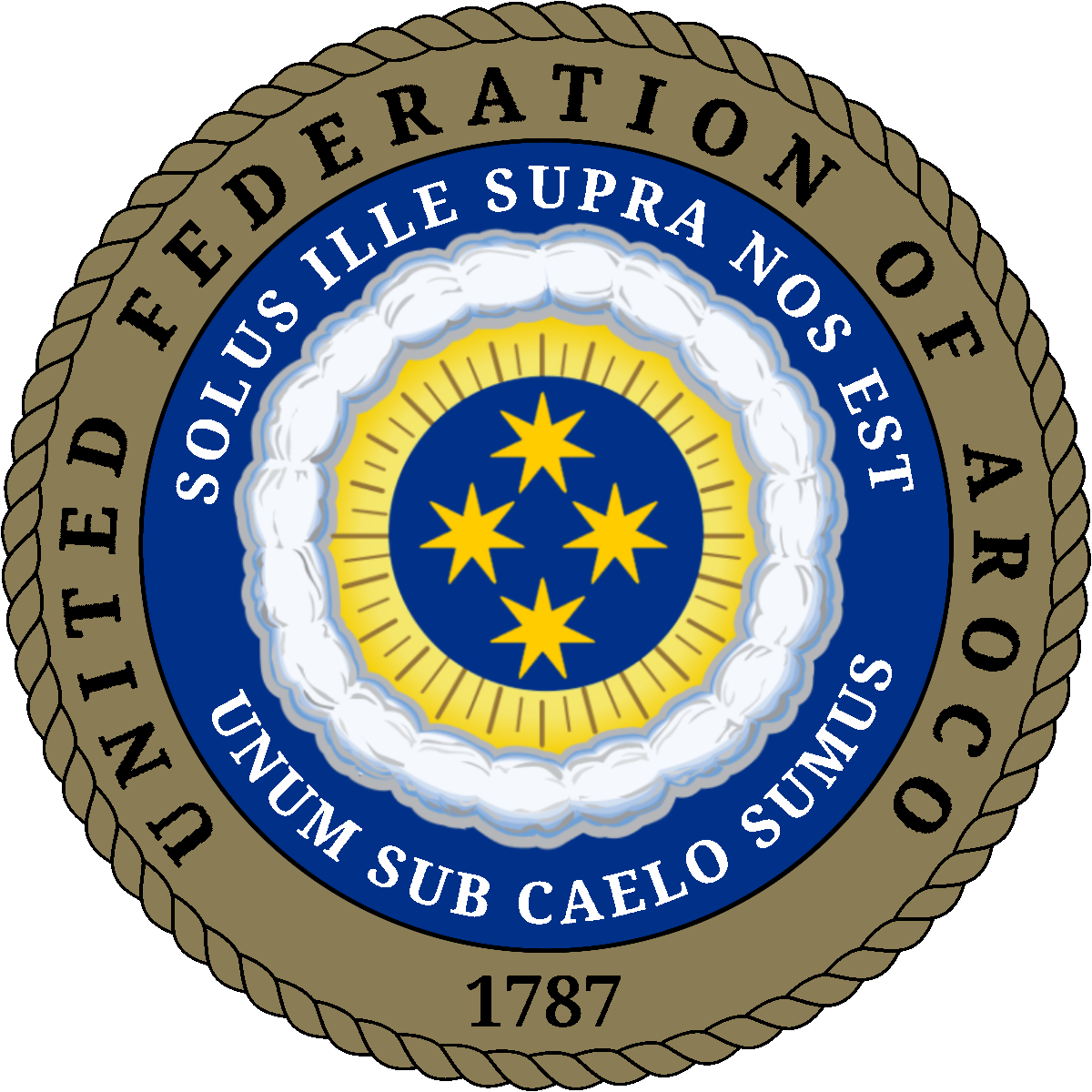
| Capital: | Wildsmith |
| Official language: | Mercish |
| Ethnic groups: | Epeian (63%) Afar (20%) East Auroran (7%) Other (10%) |
| Religions: | Messianity (66%) Other (10%) Animism (3%) No religion (21%) |
| Population: | 254 Million |
| Government: | Federal Presidential Republic |
| President: | Richard Sanderson |
| Vice-President: | Aaron Burke |
| GDP: | $6 Trillion (1990) |
| Currency: | Arocan Dollar |
Aroco (United Federation of Aroco) is a country located in North Aroco inhabitated by around 254 million people (1990). Aroco's capital is Wildsmith and the country is divided into 32 states which make up the country. Arocan economy is mainly dominated by trade, banking and manufacturing.
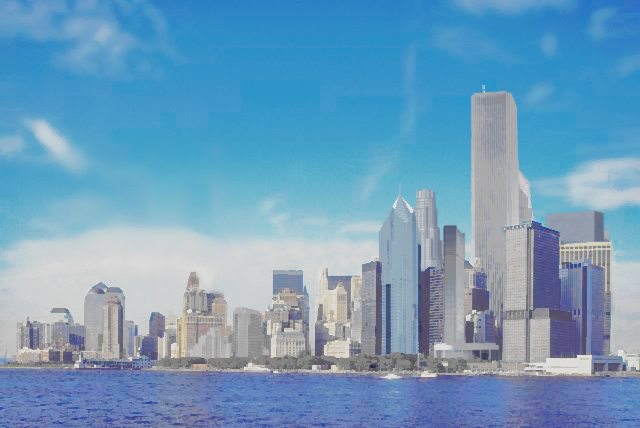 New Liss (1990)
New Liss (1990)
History
The United Federation’s origins lie in Mercish colonies whose growing economic and ideological independence culminated in the Arocan War of Independence (1780–1787), led by the first president of the country, Balfour Wildsmith. The Declaration of Independence in 1787 embodies Enlightenment ideals of liberty, individuality, freedom, and self-government. Following victory, the Founding Fathers drafted the U.F. Constitution, a groundbreaking framework that created a federal republic with a system of checks and balances designed to prevent tyranny while balancing state and federal power, thereby establishing the core principles of the Arocan experiment.
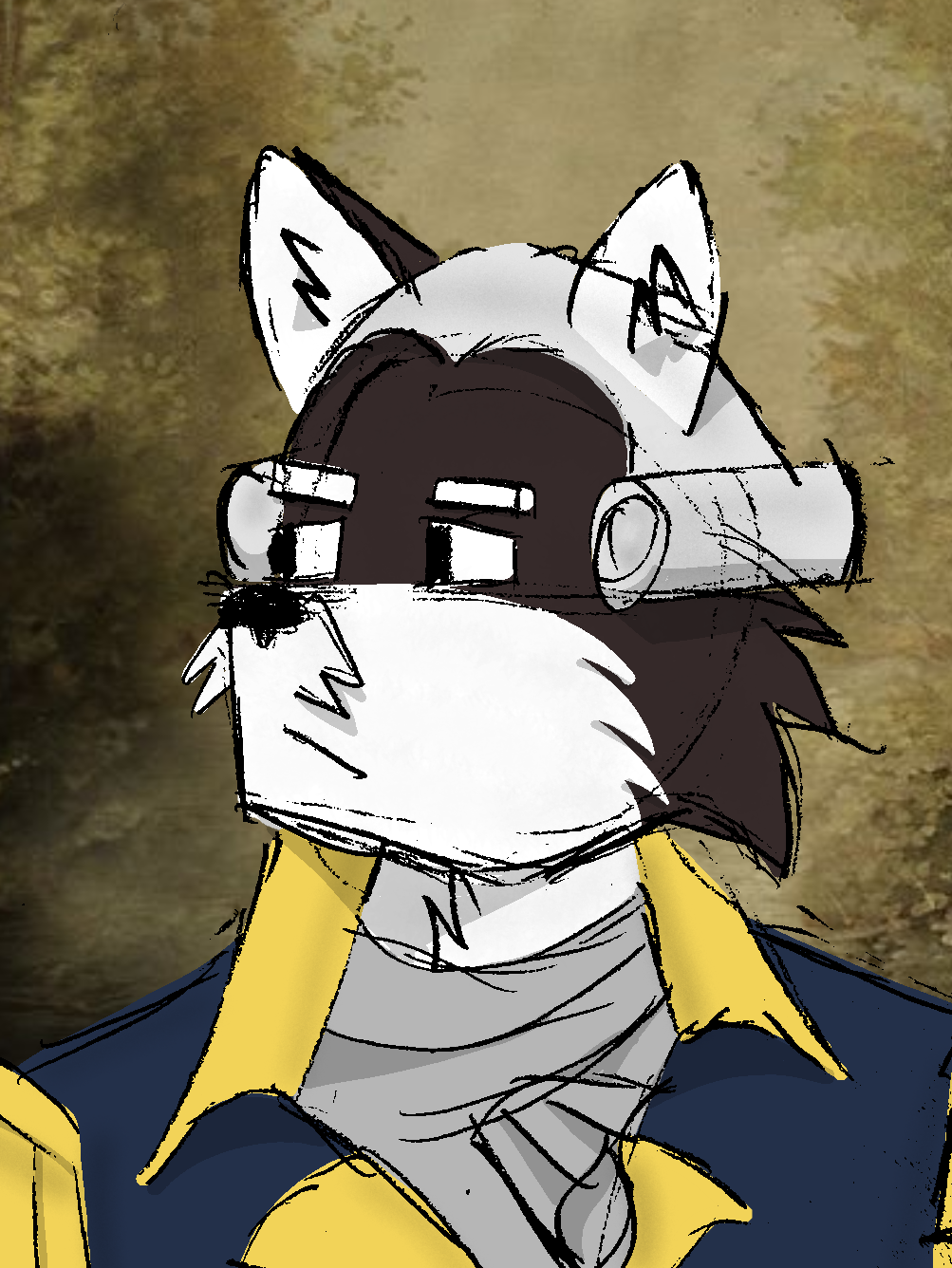
President Balfour Wildsmith
The 19th century was defined by vast territorial expansion, driven by the ideas of Arocan exceptionalism, the question of the native population, and the deepening sectional crisis over the institution of slavery. The acquisition of territory through purchase, negotiation, and war created a continental nation but also forced a confrontation between Native inhabitants and settlers in a series of bloody conflicts. A turning point in the history of the United Federation was the presidency of Stanley B. Jackson, during which the government formally guaranteed the emancipation of all enslaved Arocan people, although ethnic tensions persisted and indigenous populations were still subject to harsh discrimination. The century was further marked by various attempts at incorporating the newly freed population into society and by attempts to sabotage this process.
The 20th century saw the United Federation transform into a global industrial powerhouse and a world leader. Domestically, the Era of Progress under the leadership of President Percy W. Matthew in the 1920s and ‘30s responded to the challenges of industrialization and economic collapse, expanding the role of government in regulating the economy and providing a social safety net. Abroad, victory in the Great War positioned Aroco as a superpower, leading the Western world through the ideological and geopolitical struggle of the Cold War against the Socialist Aurora and Nationalist Eikai. This period was also marked by the profound domestic upheaval of the Civil Rights Movement during the time of President Huey B. Blue in the 1960s, which successfully challenged legalized discrimination, though the fight for equality remains an ongoing journey.
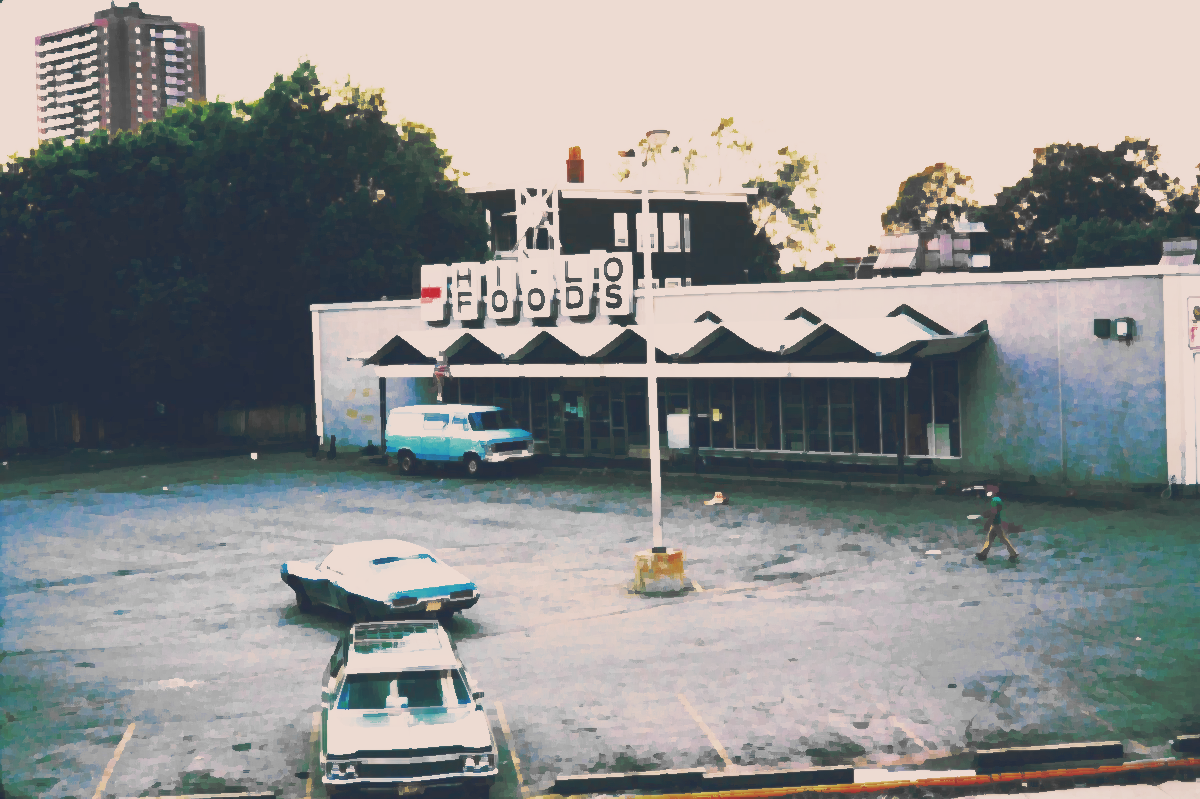
New Port (1970)
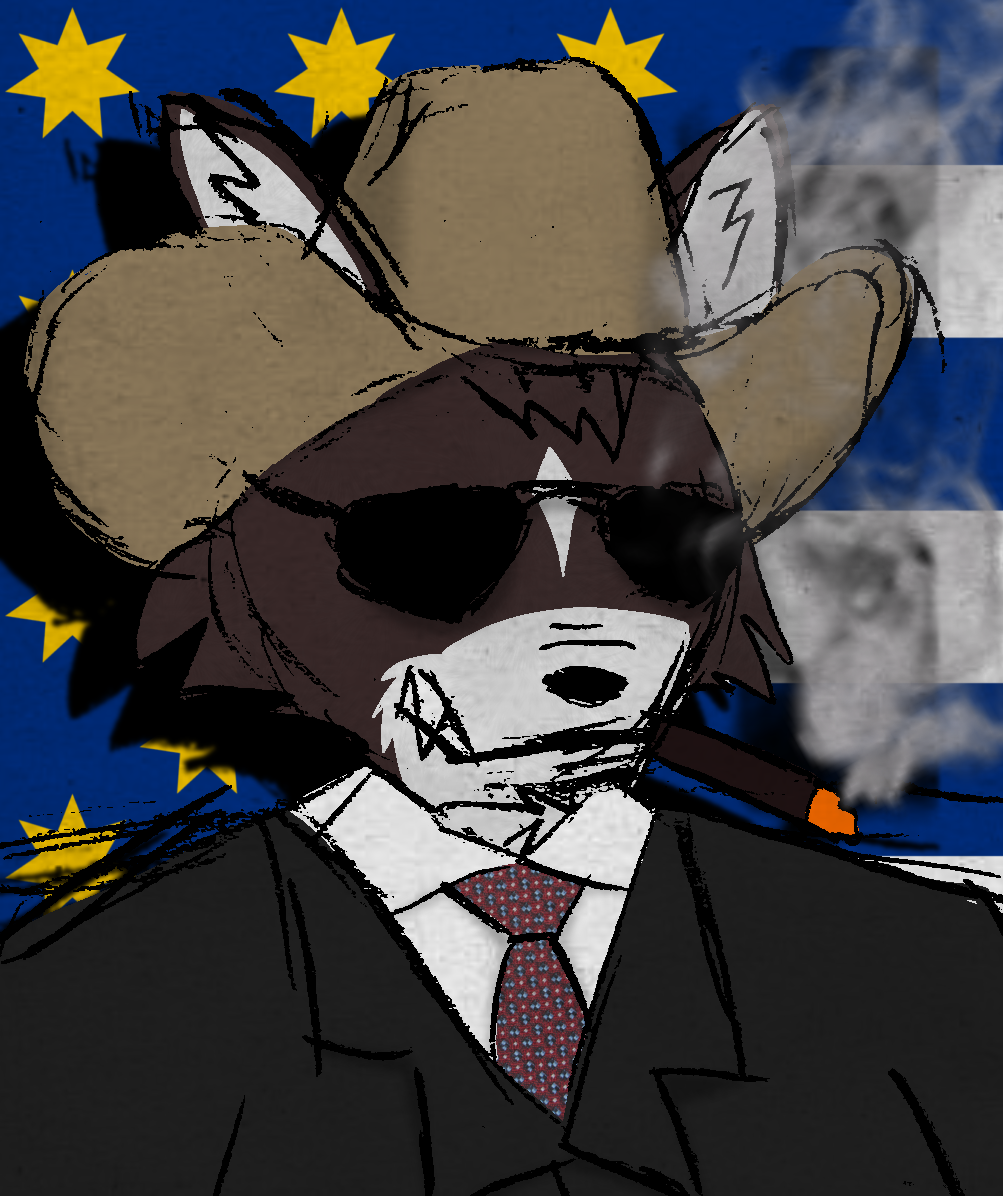
President Douglas Raymond
Furthermore, the period of President Douglas Raymond and his market-oriented reforms in the 1980s reshaped Arocan society by greatly advancing economic development and inequality, while also influencing the nation's politics. His presidency prompted a shift in the Federalist Party from a more progressive and socially-minded stance to a more conservative one, while also highlighting the SUA and Socialism as the main enemies of the U.F. This, in turn, caused the Unionist Party to shift its own focus toward more progressive politics. These changes were cemented by Richard Sanderson in the ‘90s. The economic and social inequalities of the era gave rise to radicalism in the U.F., and with the multiple recent economic crises, tensions continue to rise.